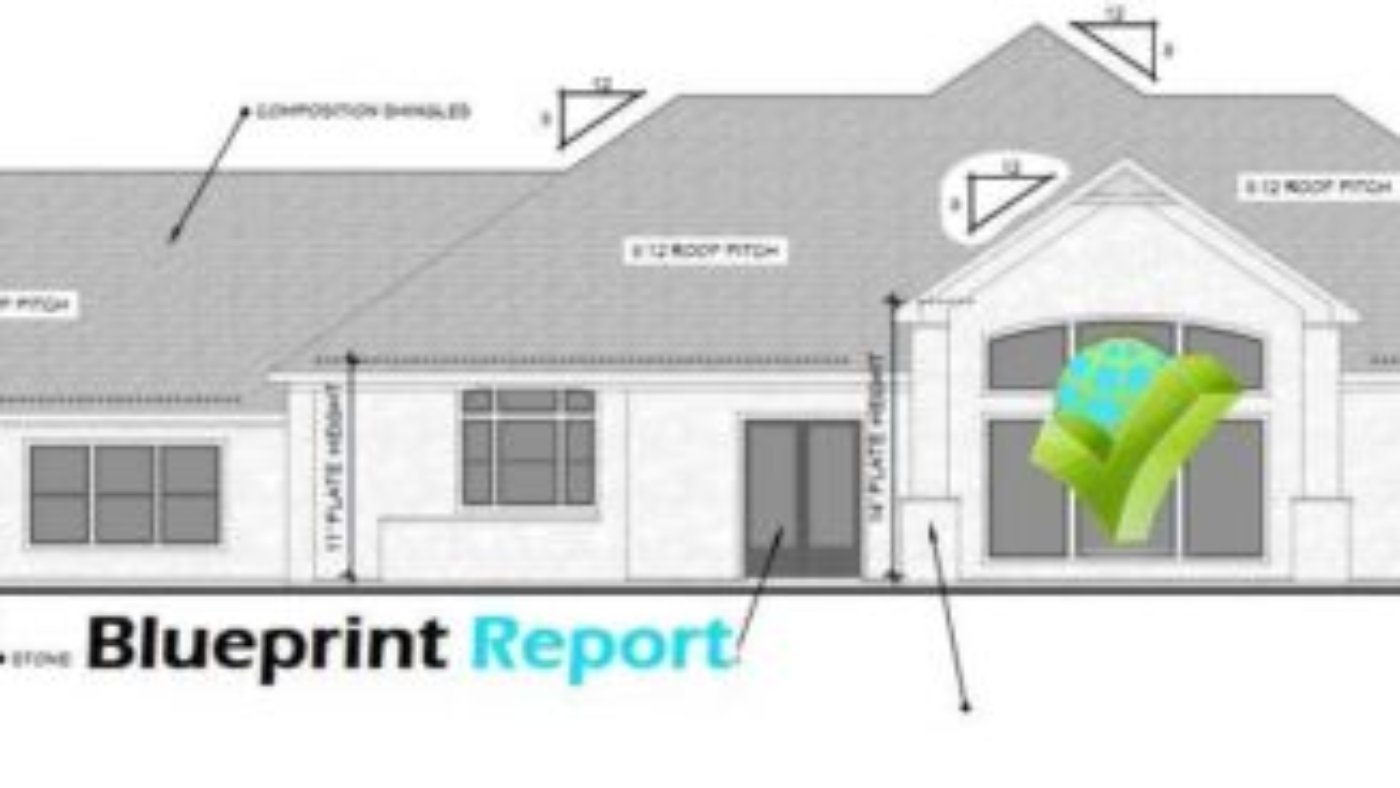To do this, measure the length and width of each plane on the roof, including dormers. Then, multiply length x width to get the square footage of each plane. Finally, calculate your roof’s total square footage by simply adding the square footage of each of the planes together.
Roof replacement cost for different roofing materials
The type of roof material you are replacing plays a large role in the pricing of your roof replacement. Most roofing contractors will provide a quote with the cost per square of materials, where one roofing square is equal to 100 square feet. Different roofing materials all have a different price per square.
The following table outlines the roof replacement cost ranges for different roofing materials:
Table 1: Roof replacement costs by roofing material
| Roofing material | Average cost per square foot | Average total replacement cost* |
|---|---|---|
| Asphalt shingles | $3.40 – $5.95 | $5,840 – $10,100 |
| Metal roofing | $6.00 – $24.50 | $10,245 – $41,640 |
| Tile roofing | $6.30 – $12.30 | $10,665 – $20,900 |
| Wooden shakes / shingles | $6.00 – $9.15 | $10,230 – $15,500 |
| Slate roofing | $23.49 – $31.77 | $39,925 – $54,020 |
Tips for Estimating Roof Shingles
The first step to figuring out how many shingles you need is calculating the square footage of your roof. Going up on your roof is dangerous, so our method relies on measuring from the ground. This calculation will be pretty rough, but will give you a ballpark figure. Don’t let the math scare you – it’s actually pretty straightforward.
To find the square footage of your roof:
- Outside your home, measure the length and width of your house. Measure from eave to eave, rather than corner to corner, to account for the roof’s overhang.
- If your house isn’t rectangular, measure the length and width of each section.
- Multiply the length and width of each section to get the square footage. If your house is rectangular – you’re already done!
- Add the square footages of all sections together to get the total square footage of the roof.
Now, take your total square footage and divide it by 100.
This will tell you how many “squares” your roof is. You’ll use the number of squares to figure out how many shingles you’ll need.
What should be covered in a roofing estimate template?
Generally speaking, this is what should to include in an estimate for a roofing job:
- Total roof cost with detailed sections outlining labor and material costs.
- Instructions from the customers and a description of all the work to be done.
- Warranty information on the work done and the materials used.
- How long the estimate is good for.
It’s a good idea to go over every estimate item with potential customers to confirm they understand exactly what’s being done and any conditions on that work.
If you bid on commercial roofing projects, the general contract owner may require specific information not mentioned here. Generally speaking, a list of what to include in your roofing bid is provided during the bidding process.
Calculating the Area of a Complex Roof
Areas of complex roofs with many hips and valleys take the most time to calculate. To get started, make a rough sketch of the roof. To simplify things, break down the sketch into rectangles and right triangles and then take as many measurements of the roof as you can to match the sides of the rectangles and triangles on the sketch.
Square lines off eaves edges or ridges can be determined by using visual cues from the existing roof. These will help you measure the lengths of the sides of the rectangles and triangles. For example, the cutout slots on shingled roofs run perpendicular to the eaves, and nail rows in sheathing are very close to square as well. While it can be challenging sometimes to get accurate measurements, don’t be too concerned and round lengths to the nearest 6 in.
When your sketch is filled in with measurements, determine the size of the roof area. The area of a rectangle is length multiplied by width, while the area of a right triangle is the length of the two sides that meet at the 90-degree corner multiplied together and divided by two.









Leave A Comment
You must be logged in to post a comment